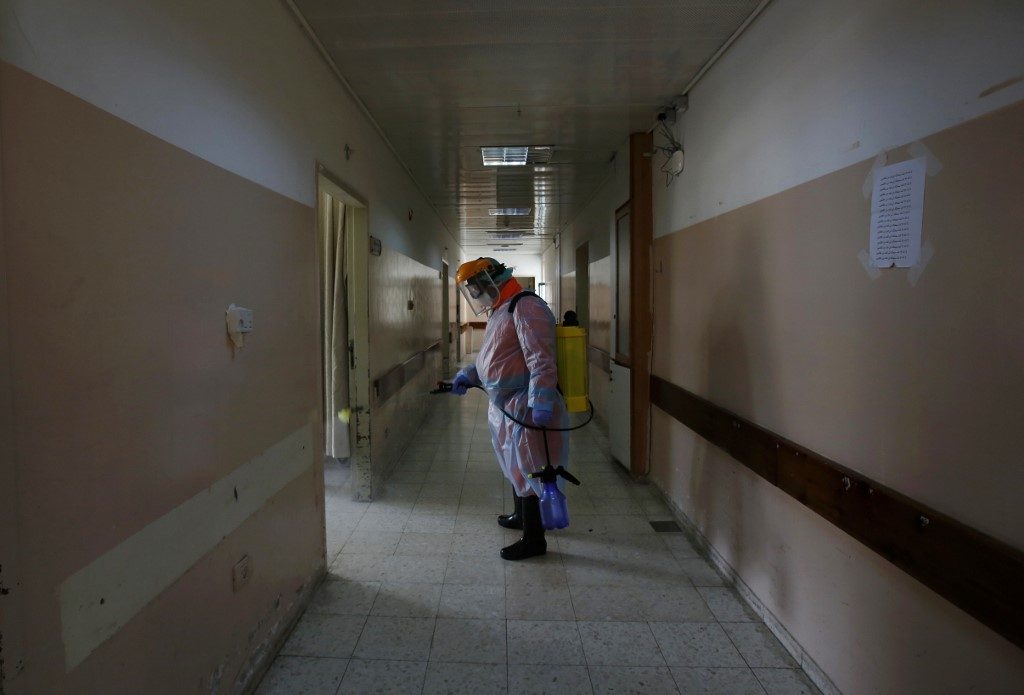SUMMARY
This is AI generated summarization, which may have errors. For context, always refer to the full article.

MANILA, Philippines – The World Health Organization on Wednesday, March 11, classified the novel coronavirus outbreak as a pandemic.
This comes as the toll of infections and deaths continue to rise around the world, especially in China and Europe, forcing governments to implement strict measures to contain the spread. (READ: Novel coronavirus or 2019-nCoV: What we know so far)
But what’s with the new label? Rappler answers these important questions.
What is a pandemic? How different is a pandemic from an epidemic?
The World Health Organization (WHO) defines a pandemic as “the worldwide spread of a new disease.” This means that the novel coronavirus now spreads rapidly from person to person across countries and continents.
In contrast, an epidemic refers to a spread that is fast but usually localized or focused in a certain place or region only.
There is no definite threshold when it comes to infection and death tolls for an outbreak to be considered an epidemic.
While the meaning is quite worrisome, WHO chief Tedros Adhanom Ghebreysu warned against widespread panic and that pandemic “is not a word to use lightly or carelessly.”
“It is a word that, if misused, can cause unreasonable fear, or unjustified acceptance that the fight is over, leading to unnecessary suffering and death,” he said.
Why did WHO classify the coronavirus outbreak as pandemic?
WHO said that they have never seen a pandemic sparked by a coronavirus.
In a media briefing, Ghebreyesu said the organization is deeply concerned by both the “alarming levels of spread and severity, and by the alarming levels of inaction.”
“In the days and weeks ahead, we expect to see the number of cases, the number of deaths, and the number of affected countries climb even higher,” he said.
As of Thursday, March 12, more than 124,101 cases of the novel coronavirus have been confirmed. At least 4,566 people have died.
From China’s Wuhan, the epicenter, the virus has spread to more than 113 countries and territories.
What happens when a health situation is classified as a pandemic?
Ghebreyesus said that the use of the term pandemic will not change how the UN’s top health agency responds to the situation, adding that it does not mean that “the virus had the upper hand.”
“We cannot say this loudly enough, or clearly enough, or often enough: all countries can still change the course of this pandemic,” he said, urging countries to take aggressive action.
“If countries detect, test, treat, isolate, trace, and mobilize their people in the response, those with a handful of cases can prevent those cases becoming clusters, and those clusters becoming community transmission,” Ghebreyesus added.
When was the last time a pandemic was announced?
The last time WHO announced a pandemic was in 2009 over the influenza A (H1N1)pdm09 virus or the H1N1.
Data from the United States’ Centers for Disease Control and Prevention show that there were about 151,700 to 575,400 deaths worldwide from April 2009 to April 2010. At least 80% of those who died were people younger than 65 years old.
The outbreak was declared over in August 2010, but the virus was not eradicated. – Rappler.com
Add a comment
How does this make you feel?
There are no comments yet. Add your comment to start the conversation.